Tepache is a traditional Mexican alcoholic fermented drink often made and drunk in Mexican prisons. Viva la Mexico!
Drunk criminals are a danger to themselves and their fellow men, so alcohol in jail is reserved only for those who know how to make it themselves, with a few ingredients.
Julius Theis
Tepache is extremely sustainable, sort of the nose-to-tail of wild fermentation, because tepache is made from the inedible remains of the pineapple. The flesh can of course be eaten plain, or cooked into a delicious curry, made into pineapple sauerkraut or, what I particularly treasure, fermented hot sauce.
No matter how you eat pineapple, there is always at least one ferment that comes out of it, namely tepache. And this ferment is also good for your conscience, because you don't waste any of the fruit that has traveled so far. Unless, of course, you are in Mexico.
The ideal time to prepare tepache is in summer, because this ferment needs solar heat.
INGREDIENTS
- a small organic pineapple, peel & core (inside)
- 1 cinnamon stick
- 5 allspice seeds
- 5 sage leaves
- 80 gr. raw cane sugar
- 1,5l H2O
PREPARATION
Put the sugar and the water into a 1.5 liter vessel and stir until the sugar is dissolved.
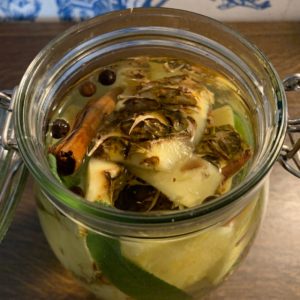
Peel the pineapple and cut out the stalk inside. Chop both into large pieces and add to the sugar water in the jar with the spices. Use the flesh of the pineapple elsewhere (for example, for pineapple sauerkraut or fermented pineapple hot sauce).
For this ferment, an swing top jar is by exception not so qualified. Due to the sugar content and the many wild yeasts that sit on the skin of the pineapple, a lot of pressure can develop very quickly. Possibly even too much for the rubber ring, so that the danger of a spontaneous glass explosion is latent.
In the first version of this recipe, I recommended omitting the rubber ring when closing the swing-top jar, or taking a normal jar and fixing a piece of cloth over the opening with a rubber band. However, this is not optimal because alcohol production also involves the exclusion of oxygen. If you are a home brewer, you have a vessel with fermentation bung at home, which is of course the most suitable. For everyone else, I now recommend taking a large screw-top jar without a lid and putting a silicone glove over the opening. Then the environment is anaerobic, the gases inflate the glove and everything is safe.
Of course, you can also work with the cloth. Then you catch even more wild yeasts and the alcohol production takes place subsequently after bottling.
Leave the jar in the sun on the window sill for a few days and swirl it several times a day so that nothing molds. Stirring is only possible if you do the variant with cloth, because otherwise you would destroy the anaerobic environment.
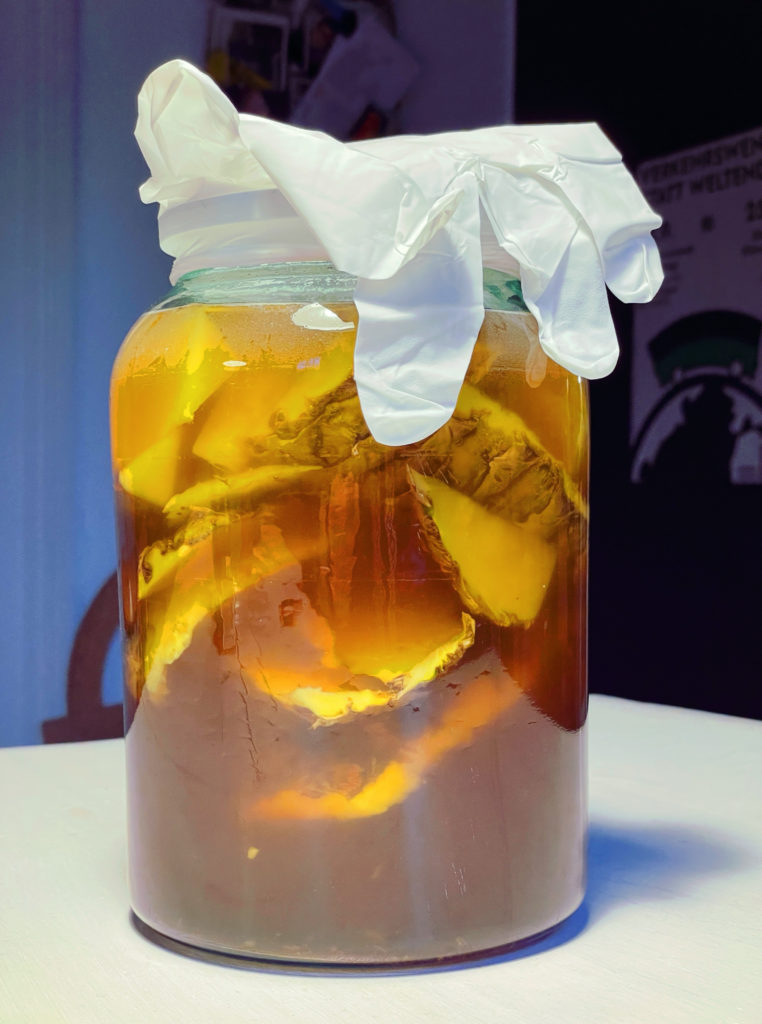
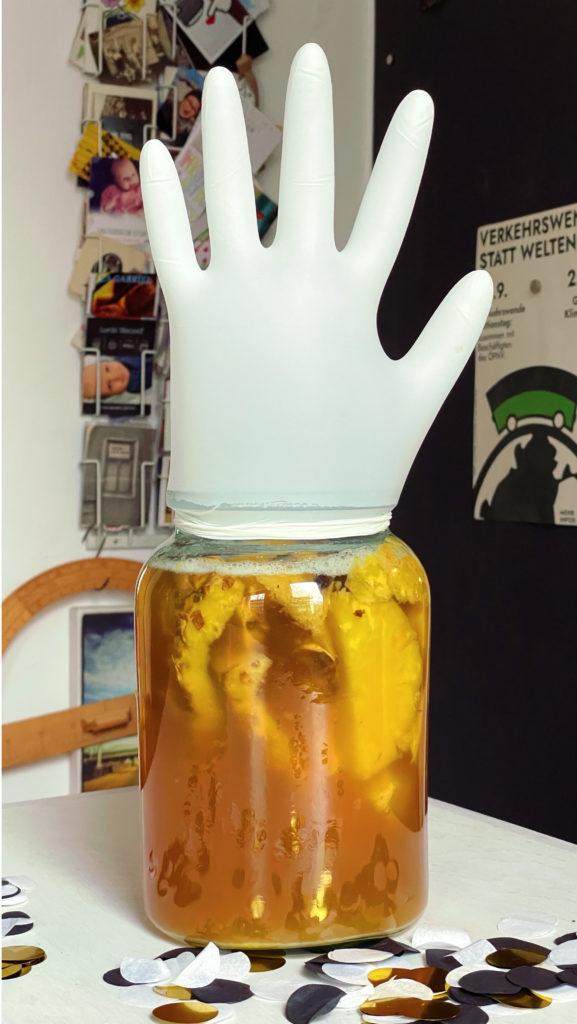
When the glove is tightly inflated, your beverage is ready for bottling. If you ferment with cloth, feel free to smell daily. Sometimes it takes 3 days, sometimes 5, until the yeasts have done their work and the drink tastes fruity and yeasty, slightly alcoholic and has developed carbon dioxide bubbles through the fermentation process.
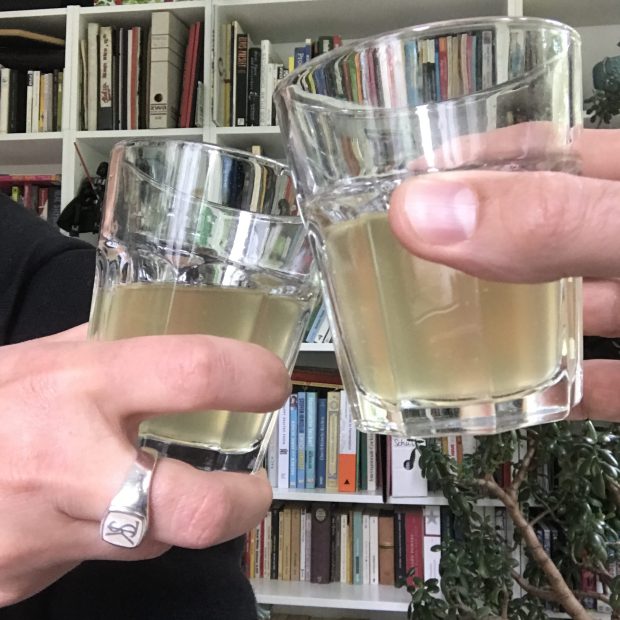
Fill your tepache into fliptop bottles and put them in the refrigerator. Please do not use bottles from which the pressure cannot escape, otherwise you may be faced with a pile of broken glass after one night.
In the bottles, within a few days, the fine bubbles develop and the drink tingles delightfully on the tongue.
As fermentation continues, you need to keep a close eye on fermented beverages in sealed bottles even in the fridge and rather open them briefly more often to release pressure, than letting the bottles explode.
Fermented drinks are absolutely not for beginners.

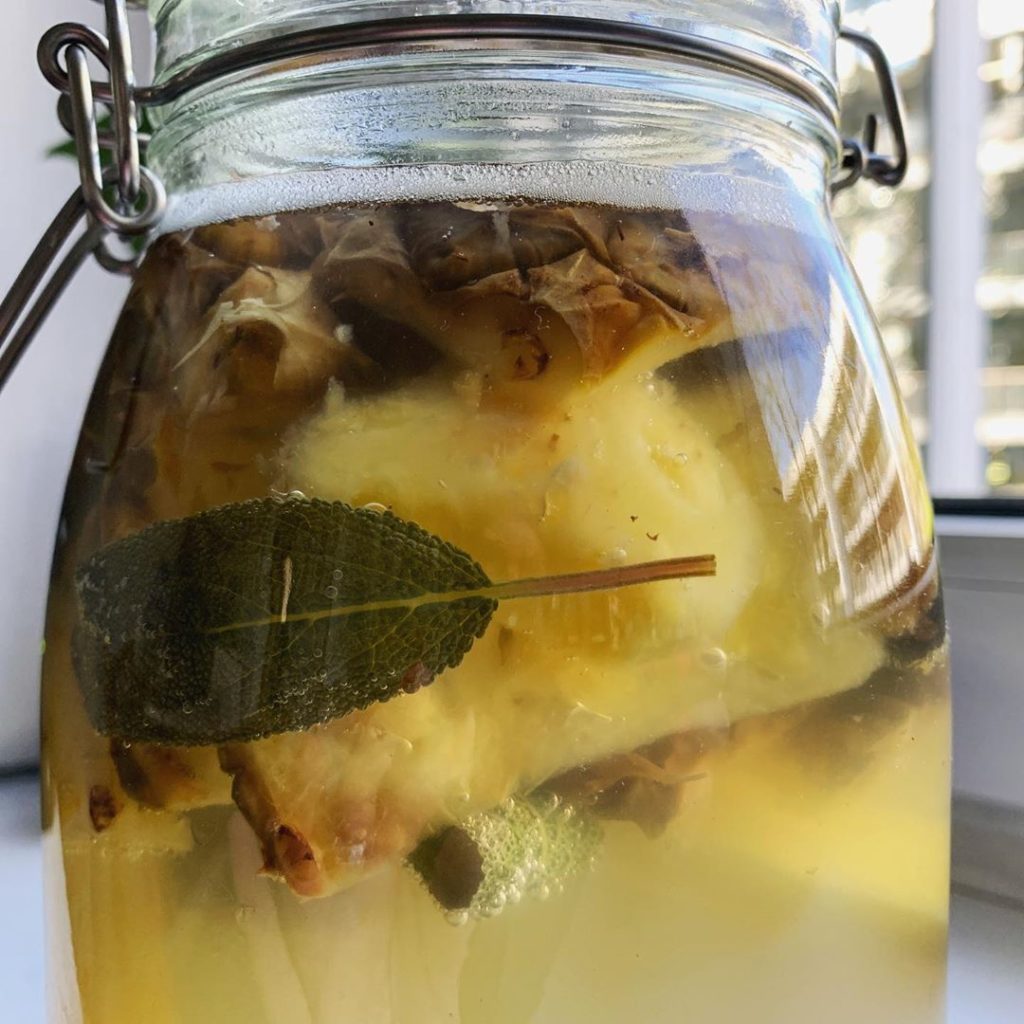
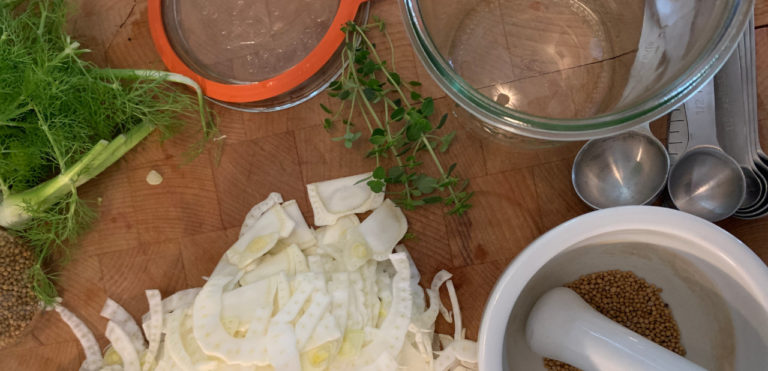
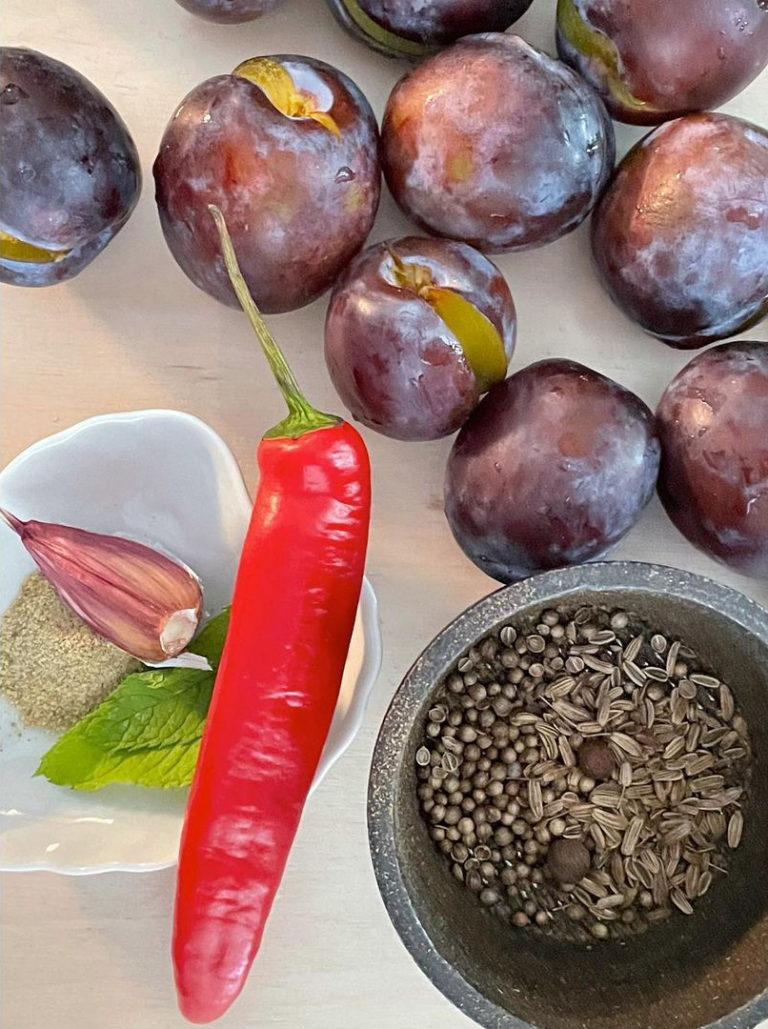
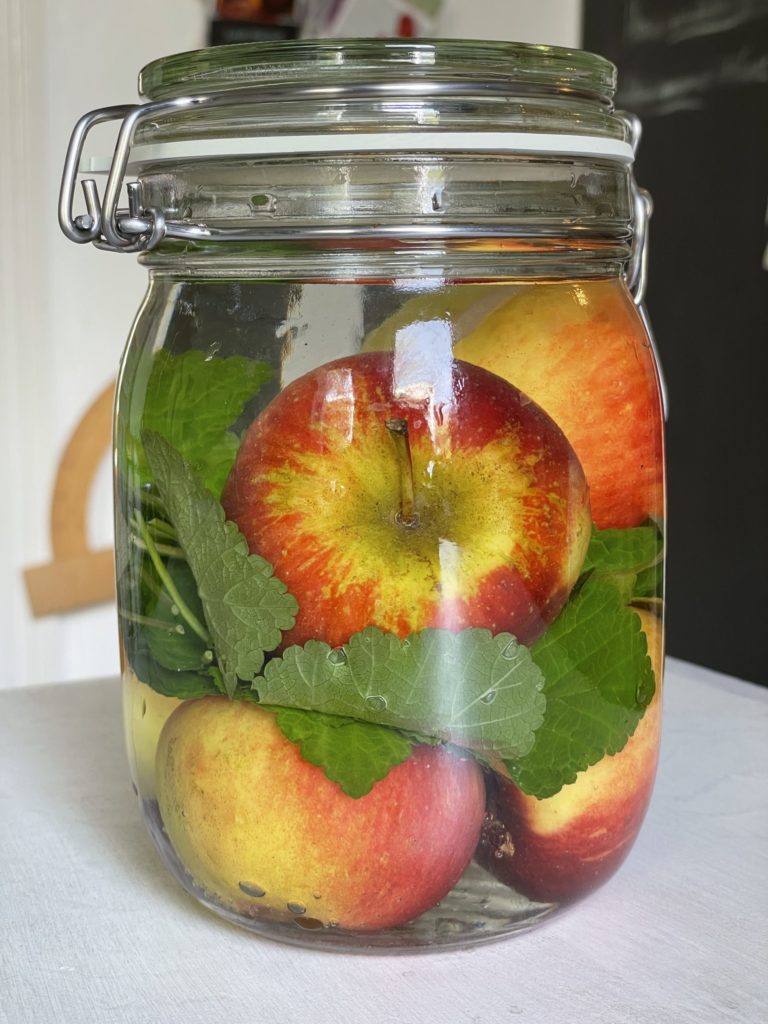
Habe gerade Deinen Blog entdeckt. Bin Fermentier-Neuling und ganz inspiriert und motiviert. ☺️ Findet man bei Dir auch Rezept zu was man dann das Fermentierte ist?
Hej Steffi,
schön, dass ich Dich inspirieren kann. Ja, ich teile auch immer wieder Ideen oder Rezepte zum Verzehr. Die schließen sich dann direkt an den Anleitungen für die Fermente an, zum Beispiel hier https://fermentation.love/fermente-fuer-fortgeschrittene/ingwer-kurkuma-honig-ferment#rezeptideen
Viel Spaß beim Fermentieren und guten Appetit,
Katsu
Ich möchte gerne mit meinem 5 l Gefäß einen Ansatz machen und dafür die komplette Ananas verwenden. Wahrscheinlich muss dann der Zucker reduziert werden?
Hej Andreas,
für das Rezept brauchst du nur die Schale, das Fruchtfleisch kannst du pur essen.
Gutes Gelingen!
Katsu
hallo Katsu, kannst du was dazu sagen, warum man hier alles im direkten Sonnenlicht stehen lassen kann? für die meisten Fermente ist das ja angeblich nicht förderlich. was bewirkt das Licht in diesem Fall? Liebe Grüße,Mathias
Hej Mathias,
die Sonne spendet die für dieses Getränk nötige Wärme.
Gutes Gelingen!
Katsu
Hi
Ich habe das Rezept nachgemacht und der Handschuh hat sich die ersten 4 Tage wunderbar aufgeblasen und ist dann am nächsten Tag erschlafft. Das Getränk schmeckt sehr gut hat aber keine Kohlensäure. Was ging da schief und kann ich es trotzdem trinken?
Liebe Grüsse
Hej Mabian, da ist die Kohlensäure entwichen. Vielleicht war der Druck zu stark und sie ist durch eine Ritze raus, oder der Handschuh hat ein Löchlein bekommen. Wenn es nicht schimmelt und gut schmeckt, sollte die Fermentation gelungen sein. Auch das Aufblasen deutet darauf hin.